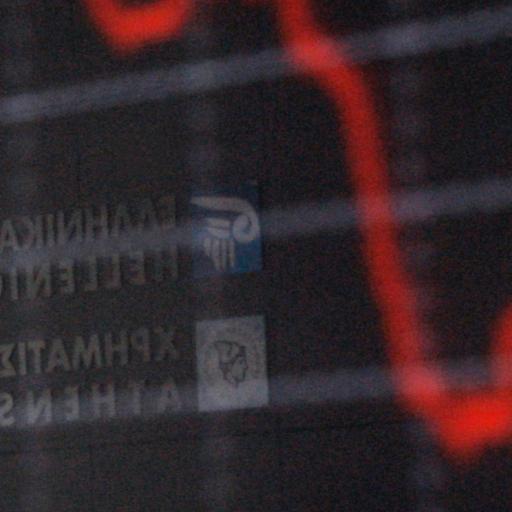The present paper aims to evaluate the dynamic behaviour of the single European currency. We attempt to examine the likelihood of emergence of significant future fluctuations of the euro exchange rate against four major currencies, namely the Chinese yuan, the Japanese yen, the UK pound and the US dollar. Future exchange rate instability is not expected to be high if the above nominal exchange rates are not significantly away from their equilibrium rates. The intuition is that even if the exchange rate is currently stable but, significantly misaligned, the exchange rate is going to be highly unstable in the future. Exchange rate volatility corresponds to short-run fluctuations of the exchange rate around its long-run trends, while exchange rate misalignment refers to a significant deviation of the observed exchange rate from its equilibrium rate. Both notions are closely related each other. This is because a highly misaligned exchange rate is going to be highly volatile at present and in the future in order to find its equilibrium rate (by its own forces or by government interventions in the foreign exchange market).
Given that the exchange rate is the link of the domestic economy with the rest of the world, a significant misaligned exchange rate can have important negative consequences on the Euro area. For instance, when euro is undervalued (below its equilibrium rate) the economy is expected to face inflationary pressures. On the other hand, if euro is overvalued (above its equilibrium rate) a competitiveness problem is more possible for the Euro area. These situations suggest the necessity of estimating the equilibrium exchange rate of the euro against the currencies of Euro area’s major trading partners.
Departing from traditional theories of equilibrium exchange rates, such as the Purchasing Power Parity, Williamson (1985) proposed the “Fundamental Equilibrium Exchange Rate” (FEER), which is an alternative exchange rate determination model suitable for medium-run analysis. The FEER approach indicates that the exchange rate is at its equilibrium value when satisfies the condition of simultaneous internal and external balance. Williamson interprets the external balance condition in terms of current account balance and states that the current account must be sustainable. Combining these two macroeconomic conditions, the FEER is the rate that equates the current account at full employment with sustainable net capital flows. Very close to FEER is the Desired Equilibrium Exchange Rate (DEER) approach presented by Bayoumi et al (1994).
An additional approach about exchange rate determination is the Natural Real Exchange Rate (NATREX), which is referred in both medium-run and long-run periods. The NATREX is “...the rate that would prevail if speculative and cyclical factors could be removed while unemployment is at its natural rate” (Stein 1994, p. 135). This rate is consistent with simultaneous internal and external balance and equates the sustainable current account with saving and investment.
The latest approach for exchange rate determination is the Behavioural Equilibrium Exchange Rate (BEER) proposed by Clark & MacDonald (1998). The BEER is a short-run concept which involves the direct econometric analysis of the exchange rate behaviour. It does not actually rely on any theoretical model and the equilibrium rate is designated by the long-run behaviour of the macroeconomic variables. Similarly, Clark & MacDonald (1998) proposed the Permanent Equilibrium Exchange Rate (PEER) approach. The PEER approach differs from BEER in the way that the exchange rate is a function only of those variables that have a persistent effect on it.
This paper contributes to the literature of equilibrium exchange rate determination by strengthening the theoretical background of the BEER model. Our novelty lies on the fact that we combine the theoretical assumptions of the monetary model of exchange rate determination (Frenkel 1976; Kouri 1976; Mussa 1976, 1979) with the BEER methodology. This is an important issue, since the BEER approach, whose building idea is the uncovered interest rate parity (UIP) condition, does not actually rely on any theoretical model.







